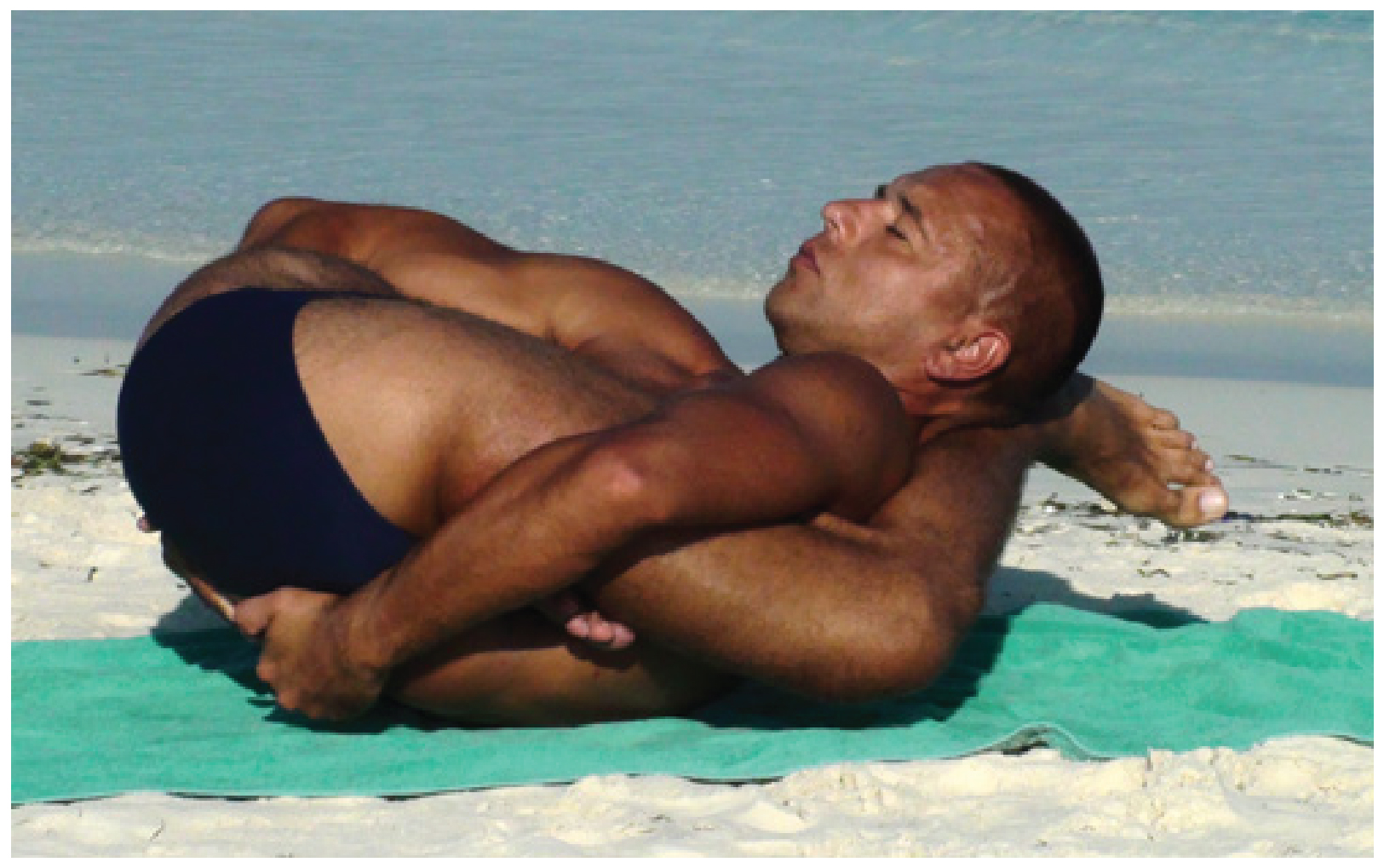
|

11.2 Naming skeletal muscles Read Online
11.3 Axial muscles of the head, neck, and back Read Online
11.4 Axial muscles of the abdominal wall and thorax Read Online
11.5 Muscles of the pectoral girdle and upper limbs Read Online
11.6 Appendicular muscles of the pelvic girdle and lower limbs Read Online

After studying this chapter, you will be able to:
Think about the things that you do each day—talking, walking, sitting, standing, and running—all of these activities require movement of particular skeletal muscles. Skeletal muscles are even used during sleep. The diaphragm is a sheet of skeletal muscle that has to contract and relax for you to breathe day and night. If you recall from your study of the skeletal system and joints, body movement occurs around the joints in the body. The focus of this chapter is on skeletal muscle organization. The system to name skeletal muscles will be explained; in some cases, the muscle is named by its shape, and in other cases it is named by its location or attachments to the skeleton. If you understand the meaning of the name of the muscle, often it will help you remember its location and/or what it does. This chapter also will describe how skeletal muscles are arranged to accomplish movement, and how other muscles may assist, or be arranged on the skeleton to resist or carry out the opposite movement. The actions of the skeletal muscles will be covered in a regional manner, working from the head down to the toes.
Question: angle of the mandible
Choices:
rounded corner located at outside margin of the body and ramus junction
Question: angle of the rib
Choices:
portion of rib with greatest curvature; together, the rib angles form the most posterior extent of the thoracic cage
Question: alveolar process of the maxilla
Choices:
curved, inferior margin of the maxilla that supports and anchors the upper teeth
Question: anterior cranial fossa
Choices:
shallowest and most anterior cranial fossa of the cranial base that extends from the frontal bone to the lesser wing of the sphenoid bone
Question: anterior arch
Choices:
anterior portion of the ring-like C1 (atlas) vertebra
Question: articular tubercle
Choices:
smooth ridge located on the inferior skull, immediately anterior to the mandibular fossa
Question: anulus fibrosus
Choices:
tough, fibrous outer portion of an intervertebral disc, which is strongly anchored to the bodies of the adjacent vertebrae
Question: appendicular skeleton
Choices:
all bones of the upper and lower limbs, plus the girdle bones that attach each limb to the axial skeleton
Question: alveolar process of the mandible
Choices:
upper border of mandibular body that contains the lower teeth
Question: anterior (ventral) sacral foramen
Choices:
one of the series of paired openings located on the anterior (ventral) side of the sacrum
Question: anterior longitudinal ligament
Choices:
ligament that runs the length of the vertebral column, uniting the anterior aspects of the vertebral bodies